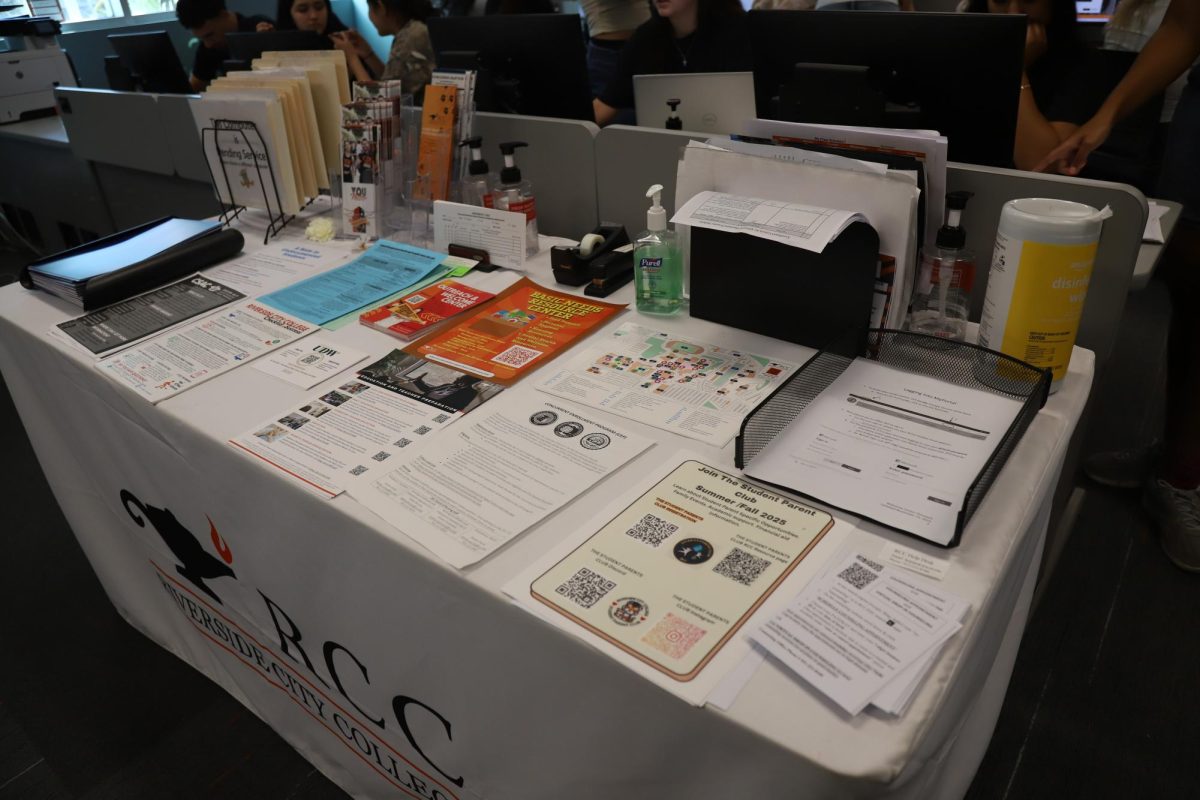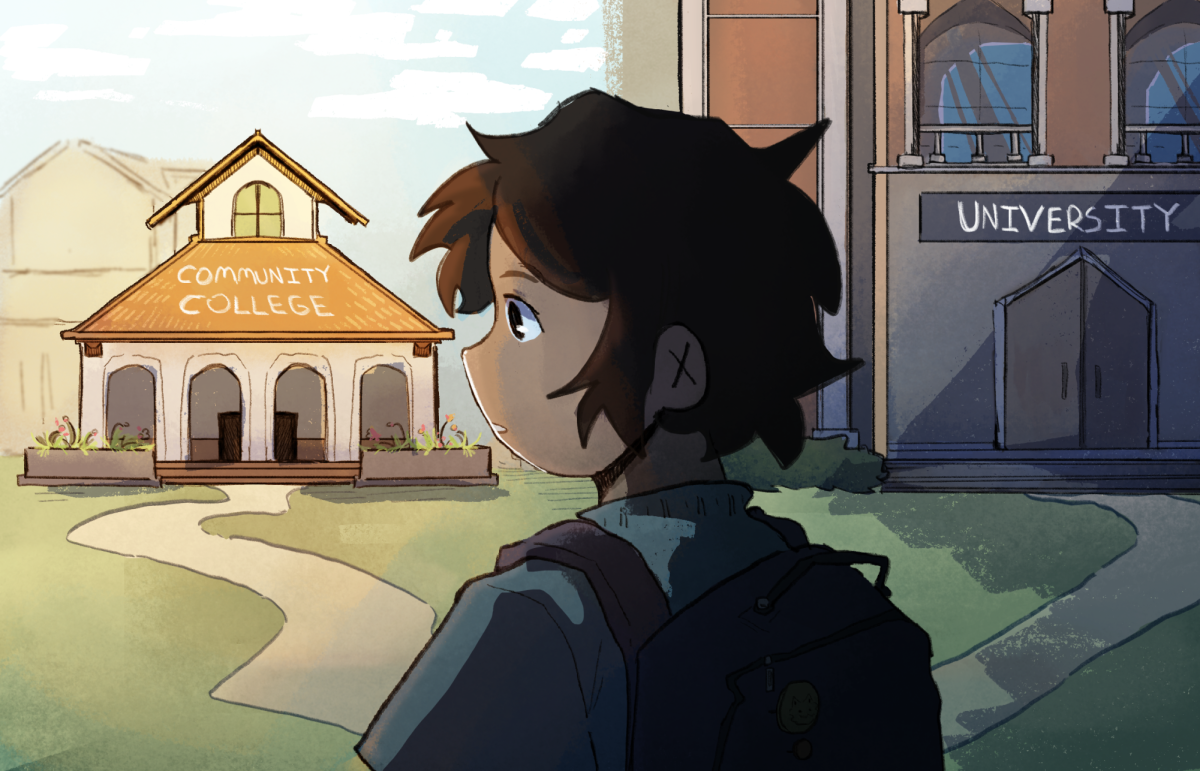TV shows once relied on unrealistic and overly dramatized portrayals of teenagers with mental health struggles but are now evolving into more diverse and realistic portrayals across varying platforms.
Coming-of-age shows with mental health narratives, such as “13 Reasons Why,” have made great strides in changing their narrative.
Instead of leaving viewers feeling misunderstood and alienated, these fresh perspectives provide comfort and affirmation. It’s almost as if the characters are speaking directly to you through the screen, saying “I’ve been where you are, but there’s hope for us, and here’s how to find help.”
In an ever-changing world, it can often feel like you can’t find your footing while everyone else knows exactly where they belong. The truth is, none of us have it all figured out. Seeing this reflected in the eyes of the characters we root for on screen, is a powerful feeling. It’s the feeling of knowing you’re not alone in your confusion, hurt, or stress.
According to the National Library of Medicine, understanding mental health portrayals in the media highlights the critical need for accurate representation, as it can greatly impact audiences positively or negatively. Constructive and positive portrayals can increase awareness about mental health and treatment for audiences and clinicians.
However, as Superman once said, “with great power comes great responsibility.” This is especially true when it comes to storytelling. As we’ve seen in the past with the popular coming-of-age show, “13 Reasons Why,” if this power is taken lightly or misused, it can have drastic impacts.
A study published in the Journal of the American Academy of Child and Adolescent Psychiatry, “found that the Netflix show was associated with a 28.9% increase in suicide rates among U.S. youth ages 10 to17 in April 2017, following the show’s release, after accounting for ongoing trends in suicide rates.”
This stark example highlights why such shows need to be created with care and thoughtfulness. When mental health issues are sensationalized and used as merely a plot device, it can lead to misunderstanding and fear, driving away individuals from seeking help.
Despite there being several resources available today due to Telehealth, the Mental Health Million Project states, “In the United States 45% of individuals with a clinical-level mental problem do not seek professional help.” Even today, there’s this great chasm between those who need help and the resources that can help them.
As a society, we have made great progress in destigmatizing mental health issues since the late 1900s; however, we have not eliminated the stigma.
According to a survey conducted by The Harris Poll on behalf of the American Psychological Association in 2018, “a total of 87% of American adults agreed that having a mental health disorder is nothing to be ashamed of.” While we’ve likely made progress in changing the views of the 33% who still hold negative beliefs, it is impossible to claim that the percentage is now at zero.
The stigma is still very much real, and it can affect our willingness to seek help despite desperately needing it. Fear of what others will think, and say, and how one can bring such heavy subjects up casually may cause us to hold back on sharing our concerns with even the people we care most about. But as daunting as it may be, holding all of it in will only lead to our detriment.
TV shows and movies bring us one step closer to finding the courage to talk about mental health. I remember watching a scene from the popular Netflix show, “Heartstopper,” where Nick Nelson was speaking to his boyfriend, Charlie Spring, about his eating disorder. It was a difficult conversation, but Nick brought it up because he knew how important it was to get Charlie the resources he needed. Witnessing such a vulnerable moment between them, made me feel as if I was right there, talking to my friend about my mental health struggles.
The right scenes on screen have the power to help us find connection, comfort, and the courage to have these conversations with the people we care about – not because it’s easy, but because it’s hard, and hard things are worth doing.
As trite as it may sound, storytelling has the power to create real change. It can bring people struggling in silence closer to reaching out for help, it can help individuals gain more understanding about their friends facing mental health issues, and encourage individuals to do their research. However, it is important to recognize that people shouldn’t depend entirely on entertainment as their main source of information on mental health issues.
To gain more information on mental health matters, visit the following websites, the National Institute of Mental Health, the National Alliance on Mental Illness, Substance Abuse and Mental Health Services, and the Youth Mental Health Resources Hub.






